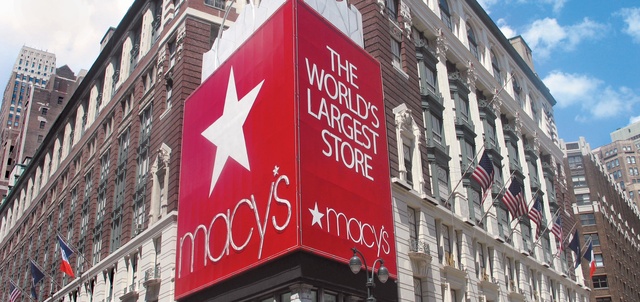Franchising, retail, business

22/06/2015
Department stores were once magnificent fixtures of downtown America, then strong anchor tenants of malls. So what’s next?
The American department store first emerged on the American landscape in larger cities in the mid-19th to the early 20th century. Stores like Stewart’s and Macy’s in New York, Wannamaker in Philadelphia, and Carson, Pirie, Scott and Company and Marshall Field’s in Chicago were dubbed “cathedrals of consumption” for their grand architecture and state-of-the-art amenities like lighting, elevators, and dressing rooms.
By the mid-20th century, the American department store was dependable for its wide range of high-quality goods and its stellar customer service. It was Marshall Field who made famous the retail aphorisms "Give the lady what she wants" and "The customer is always right.” The magical potential of the department store was made indelible by the 1947 movie “Miracle on 34th Street,” the story of a cynical little girl who found joy in life thanks to a Macy's Santa Claus.
But later, department stores pivoted, and helped lure Americans from the city lights and downtown avenues to the suburbs, where the stores anchored malls surrounded by parking lots and conveniences.
That may have been the beginning of the end. Or if not the "end," then the "middling" that department stores largely find themselves in now. These days they're like shadows of their former selves, trying to figure out the right mix of prices, merchandising, logistics, and channels. So, where are they headed? Or where should they go?
The “wonderment” is gone
Once department stores moved on to the suburbs, they lost a lot of what made them special. Department stores that boasted magnificent display windows and several stories in their downtown locations were mostly one or two-story box stores competing with specialty stores elsewhere in the mall.
Over time, many department stores' selection also became less dazzling, says retail studies professor Mark Cohen of Columbia University’s business school. Solidly performing departments, like Macy’s home-goods Cellar department, eventually were discontinued and the stellar customer service gave way to hard-to-find salespeople and discounts upon discounts, Cohen told Retail Dive.
“The department store emporiums, filled with endless wonderment and tremendous assortments, were supplanted by the growth of the retail shopping mall, which put these stores as anchors but surrounded them with specialty stores,” Cohen says.
“The department stores got tremendous value form being in the malls, but lost their franchise. Then the downtowns got decimated, so they lost their shoppers. Then — the big box players could move an enormous amount of volume," continued Cohen. "It’s not that the department stores had no chance. But they didn’t attempt to reengineer themselves. By the time the Internet came on, all but Nordstrom were late to the party and are still catching up. Meanwhile, there’s Amazon, a virtual marketplace that’s kind of like an infinite shopping mall, where you can get with one click anything you want to buy.”
The come-back
It’s not like department stores have completely abandoned their downtown flagships. Macy’s has been continuing its Thanksgiving Day parade for decades now, those display windows still dazzle, especially at Christmas, and Nordstrom, Macy’s, Saks, and Bloomingdale’s have all recently announced major renovations for at least some of their urban, city-center stores.
Perhaps most important for those stores, the American downtown is back, thanks to changing demographics and the efforts of urban planners.
Initiatives that better blend e-commerce and m-commerce with physical stores are crucial and require nimble technologies that help with inventory and merchandising. Many companies, notably Nordstrom, have updated their staid, frozen-in-time in-store aesthetic by inviting in pop-ups and concessions that appeal to younger shoppers.
But are department stores doing enough?
Each of America’s department stores, which were once iconic retailers in their hometowns in the last century, has a unique set of challenges right now.
But “there are certain things that they all must consider,” writes Lauren Sherman at Fashionista, who took a spin through a few for a report in April.
“No matter the price point, the product needs to be unique. It also needs to be easily accessible across every channel. And the customer must be treated better, not only through great return policies and friendly salespeople but also through better-looking stores and more customized experiences. At the moment, retailers are spoiled for choice when it comes to the brands they can sell. But as more Internet-first, director-to-consumer labels start popping up – and turning a profit – that choice is destined to dwindle. Department stores need to make themselves attractive to brands, too.”
Fonte:http://www.retaildive.com/news/the-state-of-the-american-department-store/401050/